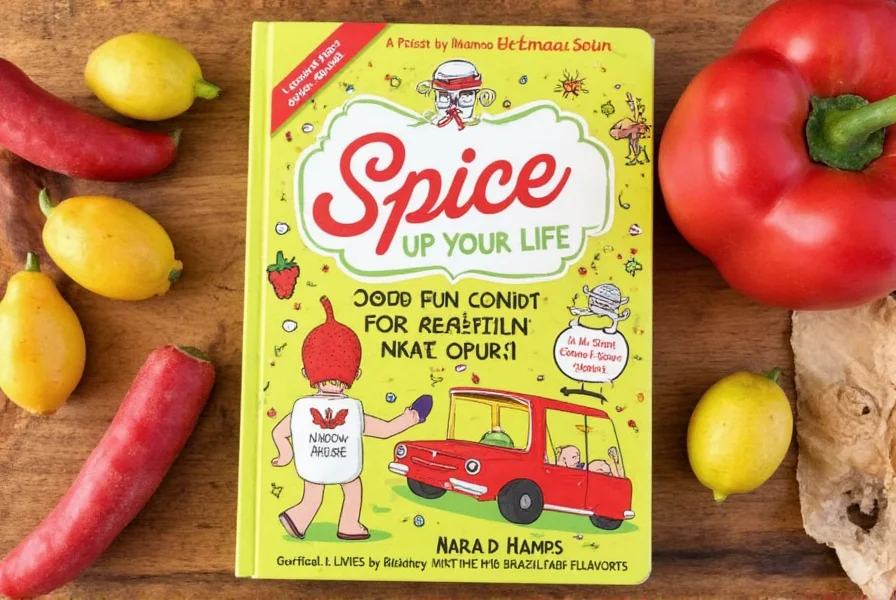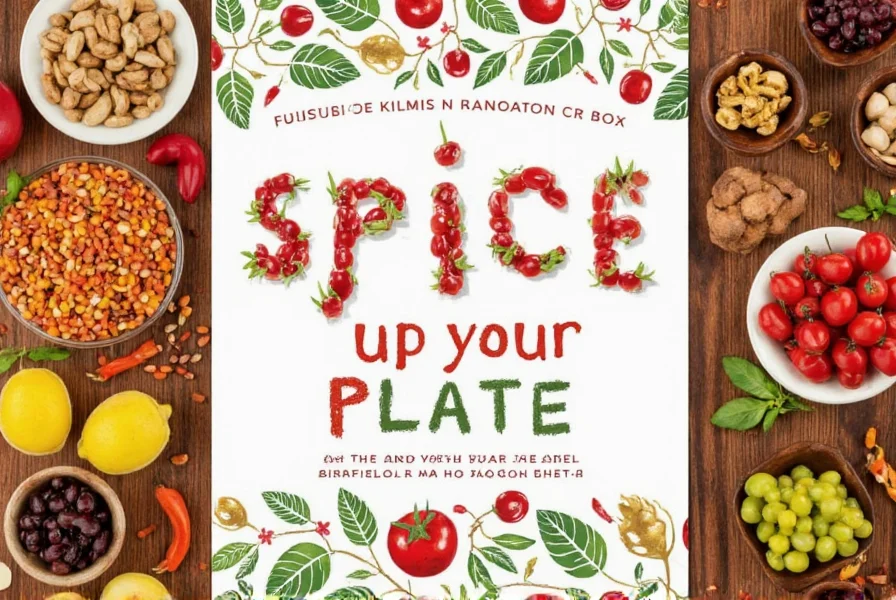Spice Up Your Plate: A Flavorful Journey Through Brazilian Food Culture
Table of Contents
Introduction to Brazilian Food Culture
Brazilian food culture is a vibrant tapestry woven from the influences of indigenous, African, Portuguese, and immigrant communities. It’s not just about flavor—it's about tradition, celebration, and community. From the smoky aroma of churrasco to the comforting warmth of feijoada, every dish tells a story. And at the heart of it all are spices that bring depth, complexity, and unforgettable taste.

Whether you're a seasoned chef or a curious home cook, understanding the role of spices in Brazilian cuisine can transform your cooking. Let's dive into the world of Brazilian food culture and discover how these ingredients shape the flavors of this incredible country.
Essential Spices in Brazilian Cuisine
Brazilian cuisine relies on a rich array of spices that add both heat and depth. While some are similar to what you might find in other Latin American or global cuisines, others are uniquely Brazilian. Here are a few must-have spices:
- Pimenta-do-reino (Black Pepper) – A staple in many dishes, used both fresh and ground.
- Cabelo-de-angel (Cumin) – Adds a warm, earthy flavor often found in stews and meats.
- Orégano (Oregano) – Frequently used in grilled meats and breads like pão de queijo.
- Salsa (Hot Sauce) – Made from chili peppers, vinegar, and herbs, it adds a fiery kick.
- Canela (Cinnamon) – Used in both savory and sweet dishes, especially in desserts like brigadeiro.
These spices aren't just for flavor—they’re part of Brazil’s identity. For example, the use of cumin in feijoada (a black bean stew) is a nod to its African roots, while the inclusion of cinnamon in desserts reflects the influence of Portuguese traditions.
Practical Tips for Cooking with Brazilian Spices
If you're new to Brazilian spices, here are some practical tips to help you make the most of them:
- Start with small amounts. Spices can be powerful, so it's best to add them gradually and taste as you go.
- Toast whole spices before grinding. This enhances their aroma and flavor, especially for cumin and coriander.
- Use fresh herbs when possible. Oregano, parsley, and cilantro can elevate the taste of any dish.
- Pair spices with complementary ingredients. Cumin works well with beans and grilled meats, while cinnamon pairs nicely with chocolate or fruits.
- Experiment with hot sauces. Salsas come in a range of heat levels, so choose one that suits your palate.
One fun tip is to try making your own pimenta-do-reino (black pepper) oil. Simply infuse olive oil with freshly ground black pepper for a bold, aromatic addition to soups, salads, and grilled meats.
Buying Guide for Brazilian Spices
Choosing the right spices can make a big difference in your cooking. Here's a guide to help you select quality Brazilian spices:
| Spice | Features | Advantages | Use Cases | Target Audience | Suitable Occasions |
|---|---|---|---|---|---|
| Pimenta-do-Reino | Dark, wrinkled berries | Intense, slightly fruity flavor | Grilled meats, stews, soups | Chefs, home cooks | Weekend dinners, barbecues |
| Cabelo-de-Angel | Small, oval seeds | Warm, nutty flavor | Stews, rice dishes, meats | Cooking enthusiasts | Dinner parties, family meals |
| Oregano | Leafy, fragrant herb | Earthy, slightly bitter note | Grilled vegetables, breads, dressings | Home bakers, grill lovers | Brunches, casual gatherings |
| Salsa | Hot sauce with vinegar and chili | Heat, tanginess, and spice | Meats, sandwiches, cocktails | Spice lovers, adventurous eaters | Parties, picnics, late-night snacks |
| Canela | Thin, curled bark | Sweet, warm, and aromatic | Deserts, coffee, baked goods | Bakers, dessert fans | Holidays, special occasions |

When shopping for Brazilian spices, look for products that are fresh and properly stored. If buying online, check for reviews and certifications. Some popular brands include Companhia das Especiarias, Especiaria Brasil, and Mercado do Sabor. These brands offer high-quality spices that reflect the true essence of Brazilian food culture.
Conclusion
Exploring Brazilian food culture through its spices is an exciting adventure. Whether you're trying out new recipes or simply looking to expand your culinary horizons, the unique blend of flavors in Brazilian cuisine has something to offer everyone. From the smoky heat of pimenta-do-reino to the sweet warmth of canela, each spice tells a story of heritage, tradition, and passion.
So next time you’re in the kitchen, reach for a pinch of cumin, a dash of oregano, or a splash of salsa—and let the flavors of Brazil transport you to a place of flavor, joy, and discovery.
Brazilian food culture is more than just a collection of recipes—it's a celebration of life, love, and the power of good food to bring people together.










 浙公网安备
33010002000092号
浙公网安备
33010002000092号 浙B2-20120091-4
浙B2-20120091-4